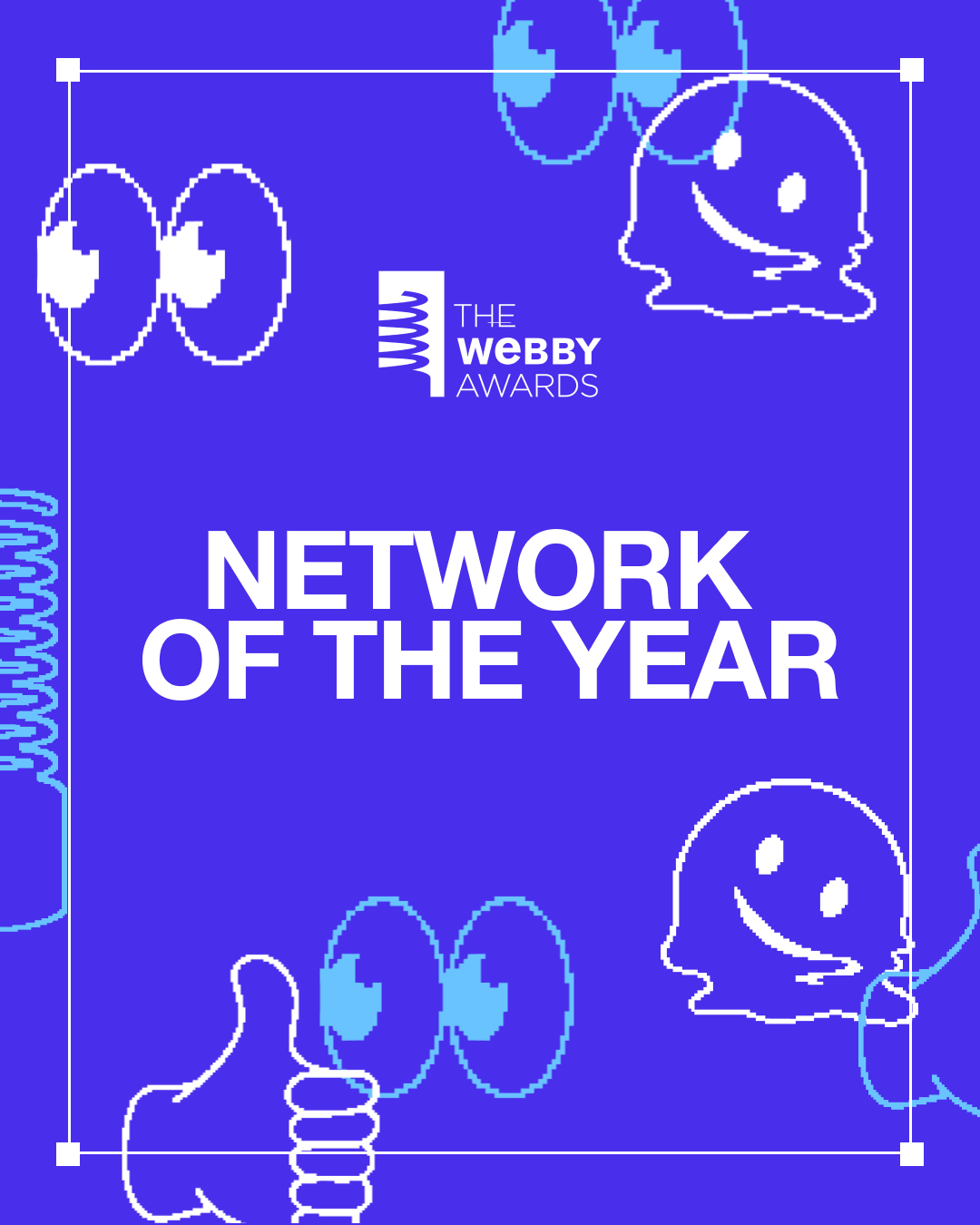The future of commerce is composable, cookieless & personal
The future of e-commerce is composable
In this discussion, Tim de Kamper & Jonathan Whiteside (DEPT®) talk about why composable commerce is soon to be the leading architecture for sophisticated e-commerce stores.
Top takeaways
- More than likely, all brands will move to composable commerce in 3-5 years.
- Composable commerce is about selecting the best-of-breed e-commerce tools/solutions and bringing them all together to compose and build your own experiences.
- The reason brands are selecting composable commerce is that no single vendor can offer all the applications needed to deliver e-commerce experiences that meet the demands of today’s customers.
- The typical components that brands are seeking out for best-of-breed include content, search, merchandising, payment, shipping, taxation, product management, and marketing automation.
- While we’re big fans of composable commerce, there are a few drawbacks, namely, managing several vendors and contracts, development resources, and more complex architecture. Before diving in, brands should reach a level of digital maturity.
It’s not just best of breed, it’s also a matter of being able to quickly change certain components in your architectural landscape without overhauling the whole system.
Tim de Kamper
The future of e-commerce is cookieless
Lisanne Maatman (Lead Data Consulting at DEPT®) reviews the new cookieless and privacy-driven reality, and how to handle your data going forward.
Top takeaways
- The cookieless future affects all industries but impacts e-commerce most of all, and it’s already had a massive impact. While Chrome has delayed its cookie policy, Safari has already updated its browser to purge this data. A future-proof data strategy is imperative.
- There are four layers of data management that e-commerce teams need to be aware of: consent, identity, audience, and campaign data.
- In order to gain consent to track additional data, brands need to offer something of value via content.
- Think about implementing the privacy sandbox from Google or start working on a CDP roadmap so you can combine all types of data (online, in-store, CRMs) and use it.
- We will all depend on our self-collected first-party data or the “public” gardens of Google, Amazon, etc.
You want to be able to connect that user across all touchpoints – the way you do that is by merging that data in one central database.
Lisanne Maatman
The future of e-commerce is sustainable
Anusha Couttigane (Head of Advisory at Vogue Business) reveals research on consumers and sustainability, showcasing how brands can communicate their initiatives effectively.
Top takeaways
- Consumers are willing to do research to make sustainable choices. In fact, 71% of people will choose a luxury brand that supports sustainability over one that does not (Vogue Business Index, 2022).
- Consumers in the West are more likely to trust legacy media, such as magazines and websites, over social media. In other words, if brands tout their sustainability on social media, it will not be as effective.
- Only 15% of brands put sustainability information on product pages on their e-commerce sites. 40% of brands have zero information on sustainability and another 38% bury it in the footer.
- Brands should be more upfront with consumers about their sustainability practices–putting information at the point of sale.
- Consider sustainability services (repair, warranties) as an extension of your customer service lines.
The more information we provide to shoppers at the point of sale, the more confidence they will have in your product and brand.
Anusha Couttigane
The future of e-commerce is personal
Ali Mcclintock (Managing Director at DEPT®) walks us through an example of scaled personalisation for the e-commerce brand Just Eat.
Top takeaways
- By not personalising ads and brand messaging, you risk inefficiencies by wasting ad dollars on unqualified markets or audiences.
- It’s all about showing the right message to the right person at the right time. To do that effectively, you need paid media, data, and technology.
- To create a single personalised piece of content, you need to take into account the market, funnel stage, customer mindset, product, brand attribute, and desired behaviour.
- Automating personalisation as much as possible frees up marketing teams to work on things like sponsorships, partnerships, and innovation.
- In fact, Just Eat’s automated personalisation project was 400% cheaper than manual asset production.
Today there are too many options. With personalisation, brands have the opportunity to say, ‘I think I know what you might like.’
Ali Mcclintock
The future of e-commerce is phygital
Max Pinas (Executive creative director at DEPT®) gives examples of how digital and physical commerce are blending into one “phygital” experience.
Top takeaways
- AR is becoming more relevant than ever. We are shopping at home away from the main shopping streets, but we still want to see things. We want to know: how does this look, or how does this fit?
- A lot of big names are reverse engineering tech toward stores. We call that “phygital,” where physical and digital meet.
- Two examples of this are Amazon and Nike–Amazon opened their own first fashion retail store, and Nike has opened Nike Style. These experiences feature a green screen studio where you see digital screens that are really intermixed with physical experiences.
- Shopify has said, “the future of retail is going to be retail everywhere,” and they are set on making this happen. Currently, they have a partnership with Pinterest, Twitter, and YouTube that support in-app purchases.
If you look around, e-commerce is getting integrated into everything we do.
Max Pinas
More Insights?
View all InsightsQuestions?
VP of Growth, Experience and Engineering




